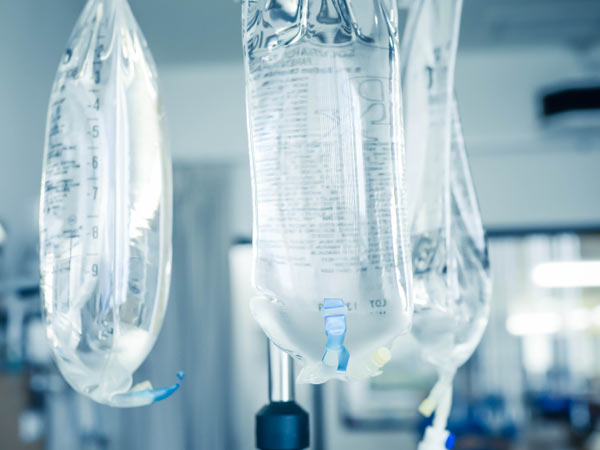What are the symptoms of rat lungworm?
Rat lungworm, or angiostrongyliasis, is caused by the parasitic nematode Angiostrongylus cantonensis. The infection primarily affects the central nervous system and can lead to eosinophilic meningitis. Common symptoms include a severe and persistent headache, often accompanied by neck stiffness due to inflammation of the meninges (the membranes covering the brain and spinal cord). Nausea and vomiting are also frequent, likely resulting from the body’s response to the infection or its effects on the brain.
Neurological symptoms are prevalent, with individuals often experiencing tingling, prickling, or numbness in the skin, particularly in the limbs. Muscle weakness, especially in the limbs, is another notable symptom, and sensitivity to light (photophobia) is common when meningitis is involved. Some people may also develop a mild fever, although this is not always present.
Blurred vision or other visual disturbances can occur if the infection affects the optic nerves, and severe muscle pain is frequently reported due to the inflammation caused by the parasite. In some cases, increased sensitivity to pain or touch, especially in the lower back or legs, may be observed. Facial paralysis, affecting one side of the face, can also occur.
In more severe instances, seizures might develop, especially if the brain is significantly impacted by the infection. In rare and extreme cases, the infection can progress to a coma or even result in death if not properly treated. The timeline for symptoms typically begins within one to three weeks after exposure to the parasite, but this can vary, with some symptoms appearing sooner or much later. The illness can persist for several weeks to months, and some neurological symptoms may linger or become chronic. Early recognition and treatment are essential to managing the infection and preventing serious complications.
What are the causes of rat lungworm?
Rat lungworm infection, or angiostrongyliasis, is caused by the parasitic nematode Angiostrongylus cantonensis. This parasite primarily infects rats, which are the definitive hosts. The adult worms live in the pulmonary arteries of rats, where they lay eggs. The eggs hatch into larvae, which then migrate to the rat’s digestive system and are excreted in the rat’s feces.
The cycle continues when snails, slugs, or other mollusks (intermediate hosts) ingest the larvae from the contaminated feces. Humans become accidental hosts by consuming raw or undercooked snails, slugs, or other intermediate hosts that are infected with the larvae. In some cases, people may also become infected by eating contaminated produce or vegetables that have come into contact with these intermediate hosts or their slime trails.
Once ingested by humans, the larvae can migrate to the brain and spinal cord, leading to the symptoms associated with the infection, such as eosinophilic meningitis. Since humans are not the natural hosts for this parasite, the larvae do not mature into adult worms and instead die within the central nervous system, causing inflammation and neurological symptoms.
What is the treatment for rat lungworm?
Treatment for rat lungworm (angiostrongyliasis) primarily focuses on managing symptoms and reducing the inflammation caused by the infection. There is no specific antiparasitic treatment that directly targets the parasite in humans, as the parasite usually dies on its own. However, the following approaches are typically used:
- Pain Management: Over-the-counter pain relievers like acetaminophen or ibuprofen are often used to alleviate headaches and muscle pain associated with the infection.
- Corticosteroids: Doctors may prescribe corticosteroids, such as prednisone, to reduce inflammation, particularly in the brain and spinal cord. This can help alleviate symptoms like severe headache, neck stiffness, and neurological symptoms.
- Lumbar Puncture: In cases of severe headaches caused by elevated intracranial pressure due to meningitis, a lumbar puncture (spinal tap) may be performed to relieve the pressure and reduce pain.
- Supportive Care: Hospitalization may be required for severe cases, especially if there are complications such as seizures or neurological impairment. Supportive care may include intravenous fluids, oxygen therapy, and monitoring of vital signs.
- Anthelmintics: The use of anthelmintic drugs (medications that kill parasitic worms) is controversial and not routinely recommended, as these drugs can cause an intense inflammatory response when the parasites die, potentially worsening symptoms. However, in certain cases and under close medical supervision, anthelmintics like albendazole may be used.
- Neurological Support: In severe cases with significant neurological symptoms, specialized neurological care may be necessary, including treatment for seizures or other complications.
Summary:
Treatment for rat lungworm is primarily supportive, focusing on managing symptoms such as pain and inflammation. Corticosteroids are commonly used to reduce inflammation, while pain relievers help with discomfort. In severe cases, hospitalization and specialized care may be required to address complications.

Leave a Reply
You must be logged in to post a comment.